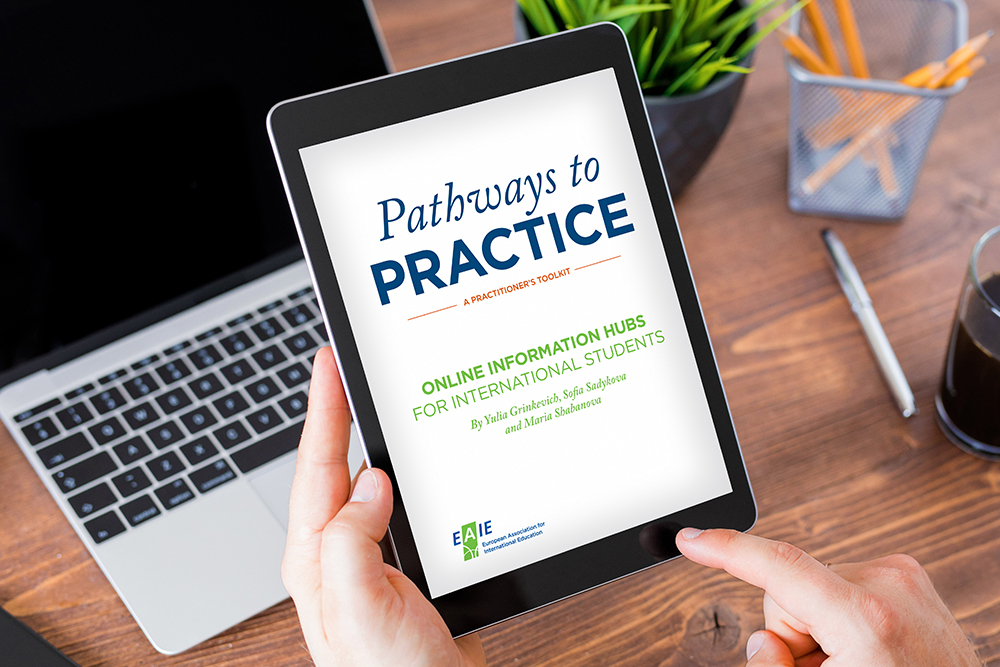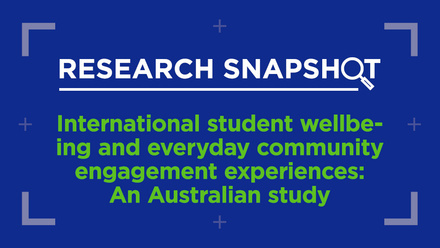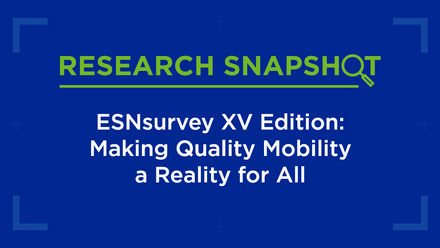How to streamline information for international students

Do your international students get all the information they need when they need it – not just in terms of their specific needs as international visitors, but also as students at your institution more generally?
Today we’re launching the newest title in the EAIE’s Pathways to practice series: Online information hubs for international students. This how-to series focuses on succinct practical information, taking big challenges and boiling them down into easily-implementable tips for practitioners in the field. Each Pathways to practice publication takes an internationalisation best practice and breaks it down step-by-step to help you implement it in your institution.
In the latest publication, authors Yulia Grinkevich, Sofia Sadykova and Maria Shabanova discuss how centralised online information hubs can be used to provide students with holistic information on all aspects of university life, rather than just the parts relevant to their experience specifically as international students.
Why online information hubs?
Typically, university websites focus on how to attract international students, so there is abundant information about study programmes and admissions procedures. However, students need and want to know many things in order to integrate into the university community, and often this information is not easily accessible for international students, especially when the main language of the country and university is not English.
A carefully-crafted online information hub allows students to create a fuller virtual picture of what their life at an institution can be like. By providing access to well-structured, accurate and easy-to-navigate information, institutions can reduce the stress experienced by students when entering a new environment, thus supporting them in organising their lives more independently during their time at the institution.
Online information hubs for international students breaks down the process of implementing such an information hub into six concrete steps. The publication draws on the success of the online information hub at the Higher School of Economics (HSE) in Russia, the authors’ home institution.
Results at the Higher School of Economics
One unexpected benefit of instituting an online information hub for international students can be the improved outward-facing impression that the tool provides for an institution. Specifically, this type of hub can be a valued source of information for an institution’s international partners in their risk assessment and mitigation activities, and can provide a more comprehensive picture of the institution as an exchange programmes destination.
HSE was able to reduce international office visits by 37%, allowing more time and resources for developing new initiatives
For example, since the HSE in Russia instituted its own online international student information hub in 2014, more partners have started sending students for two-semester exchanges (instead of one semester), referring to the transparency of information and students’ very positive feedback as one of the reasons for this increased trust.
Rethinking and redesigning the hub website for international students can also drastically reduce the number of in-office appointments by students. For example, HSE was able to reduce such visits by 37%, as instead students are now able to find answers to nearly all standard questions online. In turn, this allows the international office to devote more time and resources to develop new initiatives so as to improve the experience of international students at the university. Finally, increasing the shared sense of responsibility for responding to the needs and interests of international students – as with all students at a given institution – can be another important outcome of implementing this kind of information hub.






